The Little Indigo Museum ~ Miyama
“From the sky above, to the oceans below…the color of our planet is overwhelmingly blue. But where does blue come from? How did people first replicate the color of the sky and the sea? How did they solve the mistery of making a blue dye from a green plant ? The answer is MAGIC.” ~Blue alchemy/ Jenny Balfour~
Miyama is a Japanese town full of green and blue colors, that combine perfectly with rustic houses and indigo traditions.
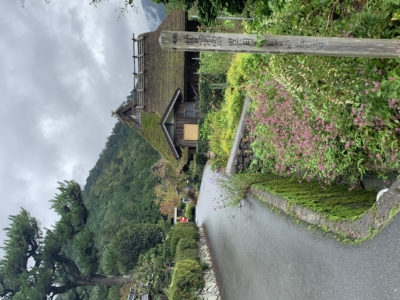
Last weekend I visited the little indigo museum in this lovely town 2 hours away from Kyoto!
To access here, you need to take a train and a bus, but it is all worthed! Suddenly you find yourself in the middle of the mountains, in a town that looks like a fairy tale, and where Traditional farm houses with thatched roofs still exist.
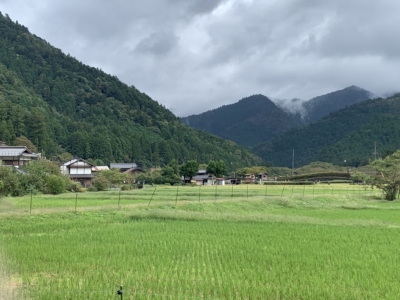
The green mountains and the landscapes are just so beautiful and peaceful!!! The town is really small, so you can visit it by foot, and besides the little indigo museum, there are a few temples and museums.
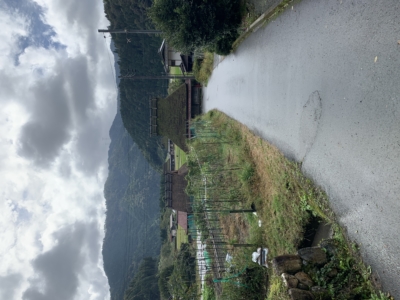 When you arrive to the museum, you see this:
When you arrive to the museum, you see this:
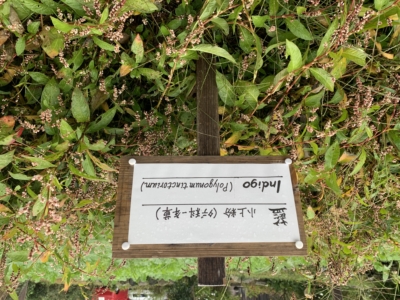
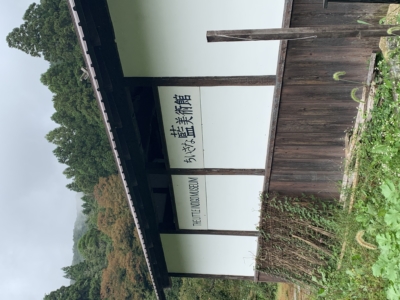
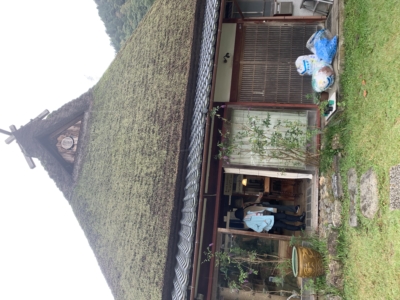 Traditional house
Traditional house
Mr. Shindo is a master indigo dyer artist and the owner of the little indigo museum. I first heard of him in a documentary called BLUE ALCHEMY. It is a really interesting film, where you can see different indigo techniques and master dyers from all around the world. I totally recommend you to watch it. Here is the link : https://vimeo.com/ondemand/bluealchemyindigo
The museum is a traditional house and consists of 2 floors. On the first floor you can find his studio and SUKUMO índigo vats buried on the soil. Indigo vats used to be buried to control the temperature in an easier way, when they are kept in the ground, the baths stays warmer.
Even though I am a dyer, I’ve never seen buried indigo vats before! So I was pretty excited!
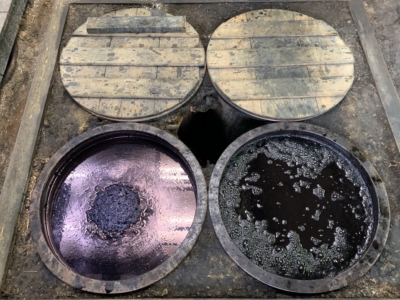
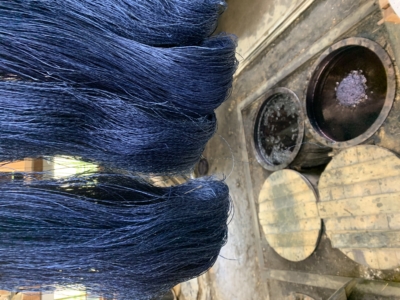
He prepares índigo vats in the traditional Japanese way. It is a fermentation vat, and he uses these ingredients to prepare it: Sake , sukumo, aku ( wood ash+ water), wheat bran and lime.
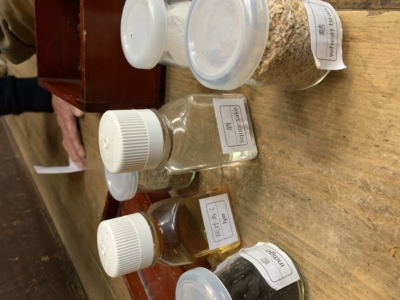 It takes approximately 10 days for a SUKUMO índigo vat to start working.
It takes approximately 10 days for a SUKUMO índigo vat to start working.
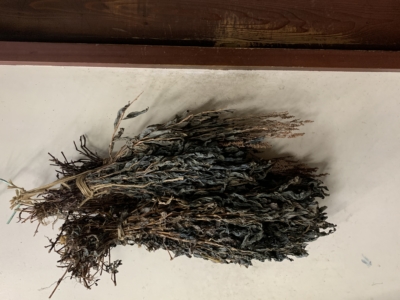
Dried Japanese indigo – polygonum tinctorum
Mr. shindo is also famous for making this “shindigo balls”, which we can find at his studio:
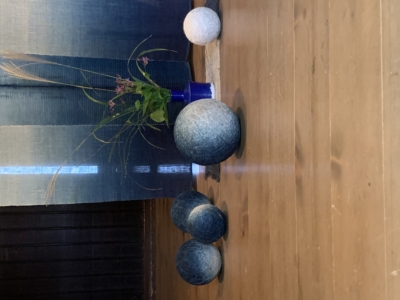 Wrapped with hemp and indigo dyed
Wrapped with hemp and indigo dyed
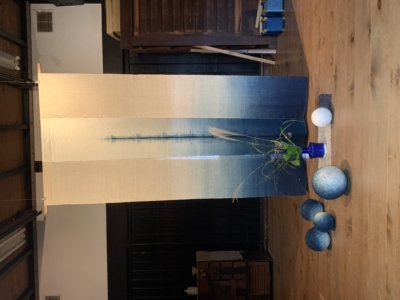 On the second floor, he has a wonderful collection of indigo pieces made by him, and by other artisans from all around the world.
On the second floor, he has a wonderful collection of indigo pieces made by him, and by other artisans from all around the world.
Here some photos :
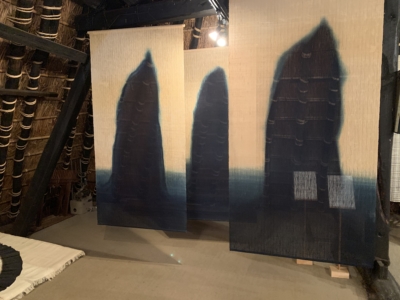
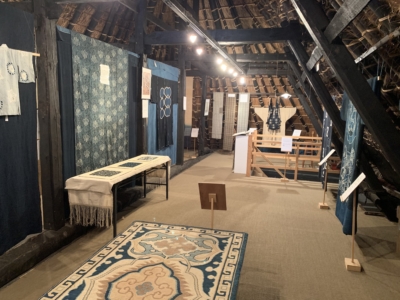
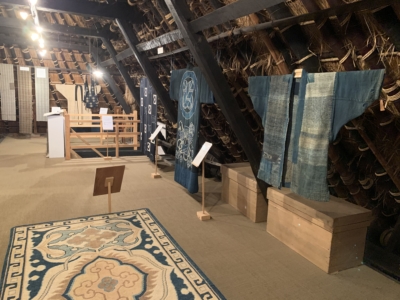
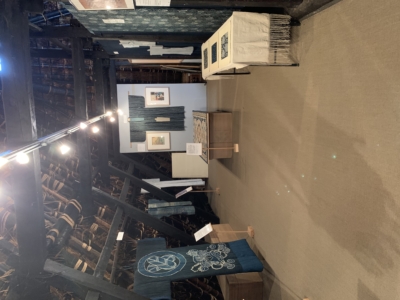
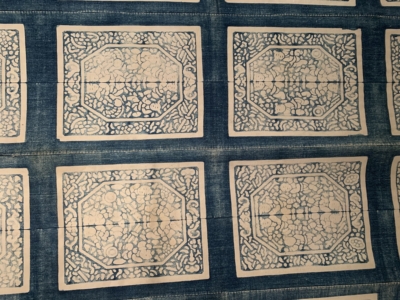
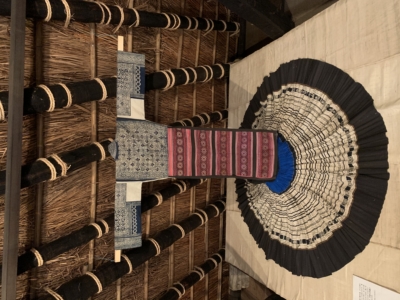
Skirt and garment of Miyao people in Guizhou, China
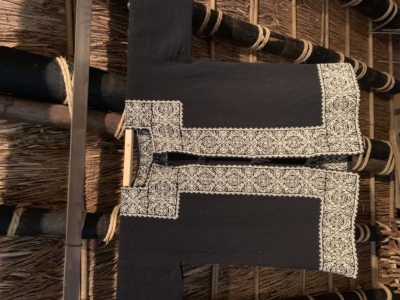
Piece from Hueyapan, Puebla (Mexico)
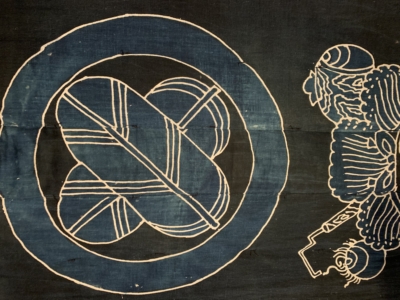
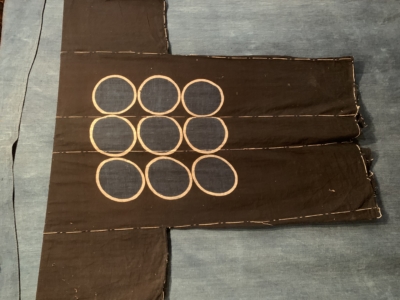
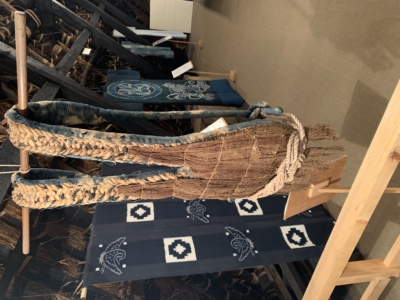
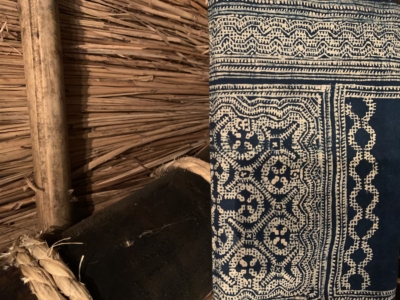
Mr. Shindo speaks English very well, so I had the chance to talk to him and get to know him a little. He is a really nice person with a very kind heart.
He explained that his first encountered with indigo was as a student in Kyoto university in the late 60’s. The More he studied índigo, the more fascinated he became. Since then, his índigo dye works have been exhibited throughout Japan and abroad.
While talking to him, I could really feel how passionate he is. His work and his place reflect all his love and passion for indigo.
Miyama is a wonderful and magical place, full of inspirational landscapes and traditions! So it is definitely a place you should visit !!’
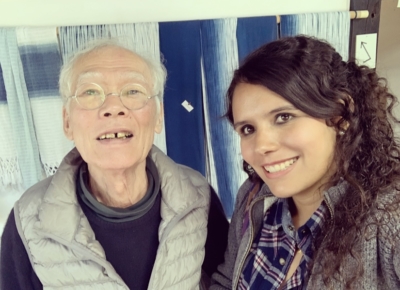
Mr. Shindo and me
I will end this post with a quote from Mr. Shindo:
“How did our ancestors solve the mistery of making a blue out of green plant ?
With Japanese natural indigo, a color that has a tremendous capacity to charm. I was fascinated by índigo dye when I was young. Since then, I have only used natural índigo in my art work. I hope will lead people to reconsider what is nature and what is the Japanese tradition”. ~Mr. Shindo~
-Rocio Mena-
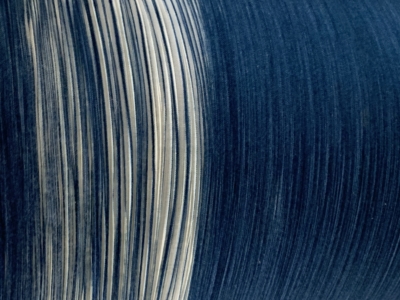
Arashi shibori
Instructions to get to Miyama:
*In Kyoto station – Take the JR train called San in line, and get down at Hiyoshi station. (45-50 min ride)
*Once at Hiyoshi station, you need to take a bus ( just outside the station),and get off at Kayabukino sato station (50 min ride).
*Bus schedule:
*departure: 9:10/10:10/ 11:10/ 13:10/ 15:10/ 18:10
*Return : 8:54/ 11:54/ 13:54/ 14:54/ 15:54/ 16:54
*** I did this trip on Sunday, so I’m not sure if the bus schedule changes on week days.
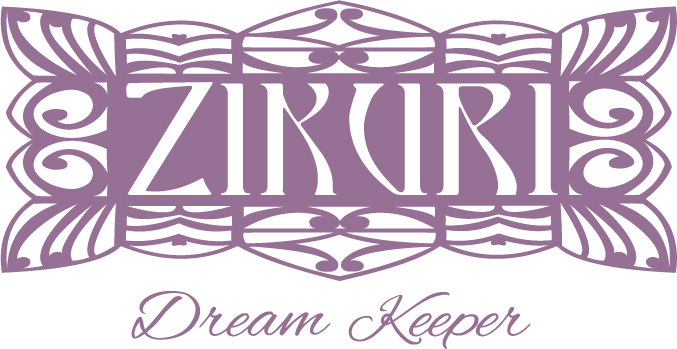

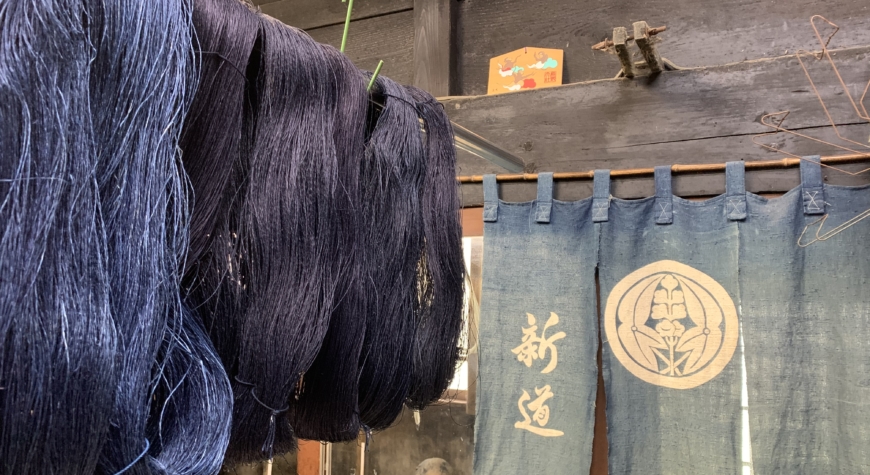
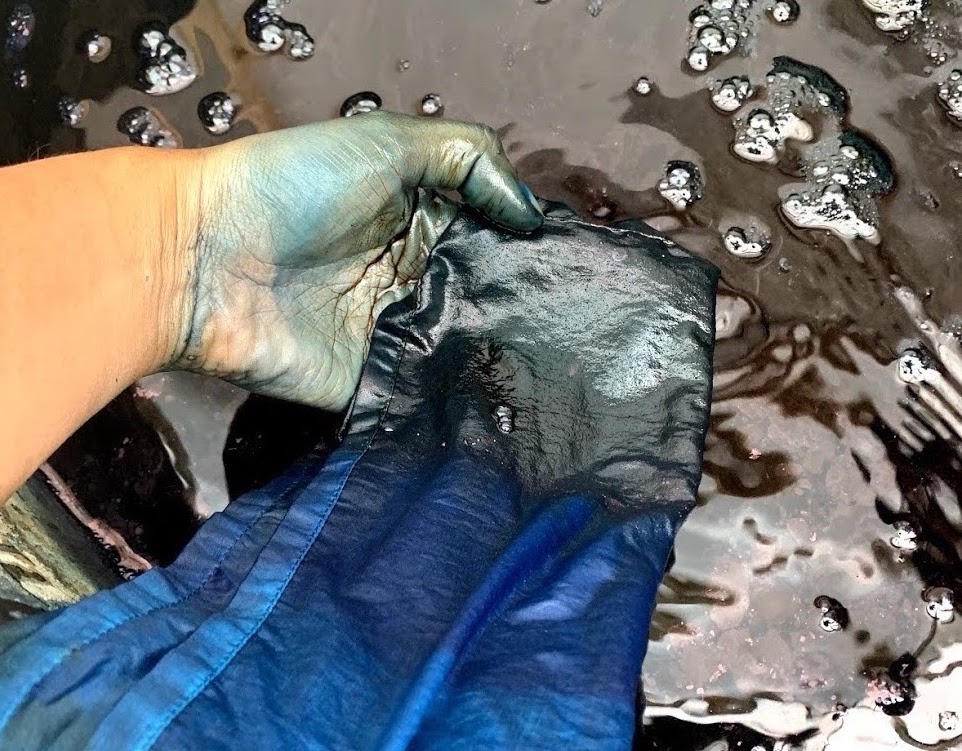
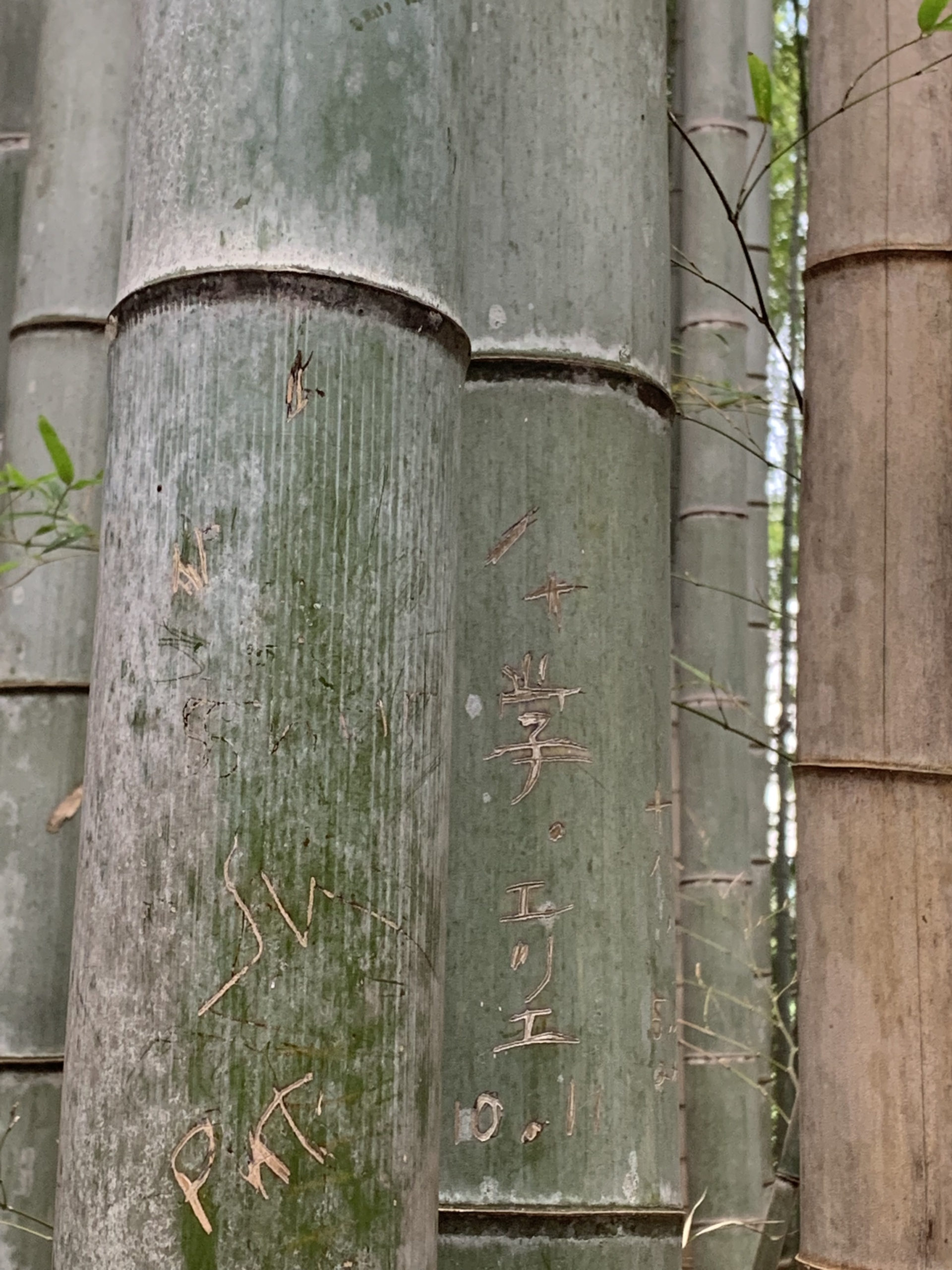
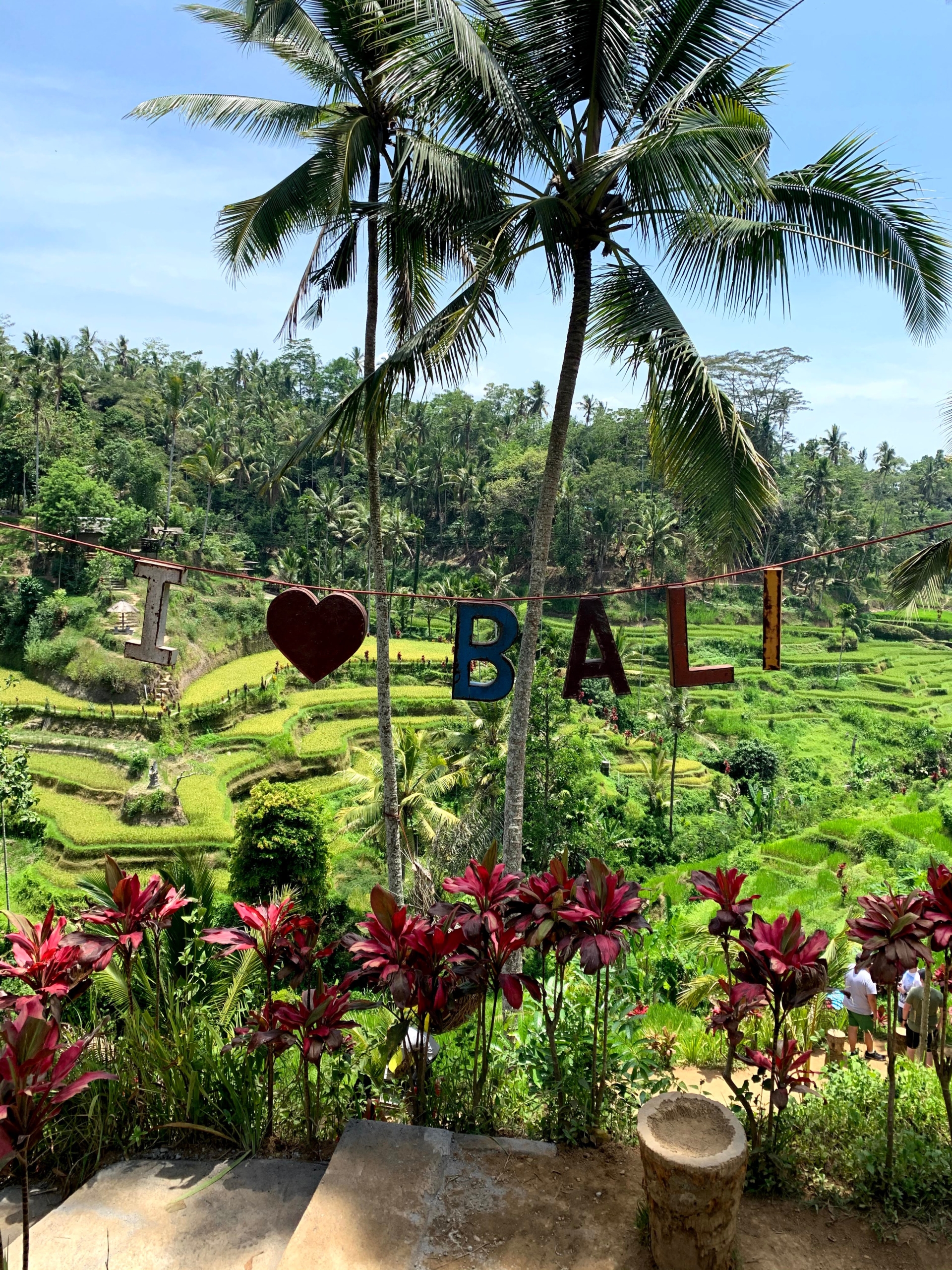
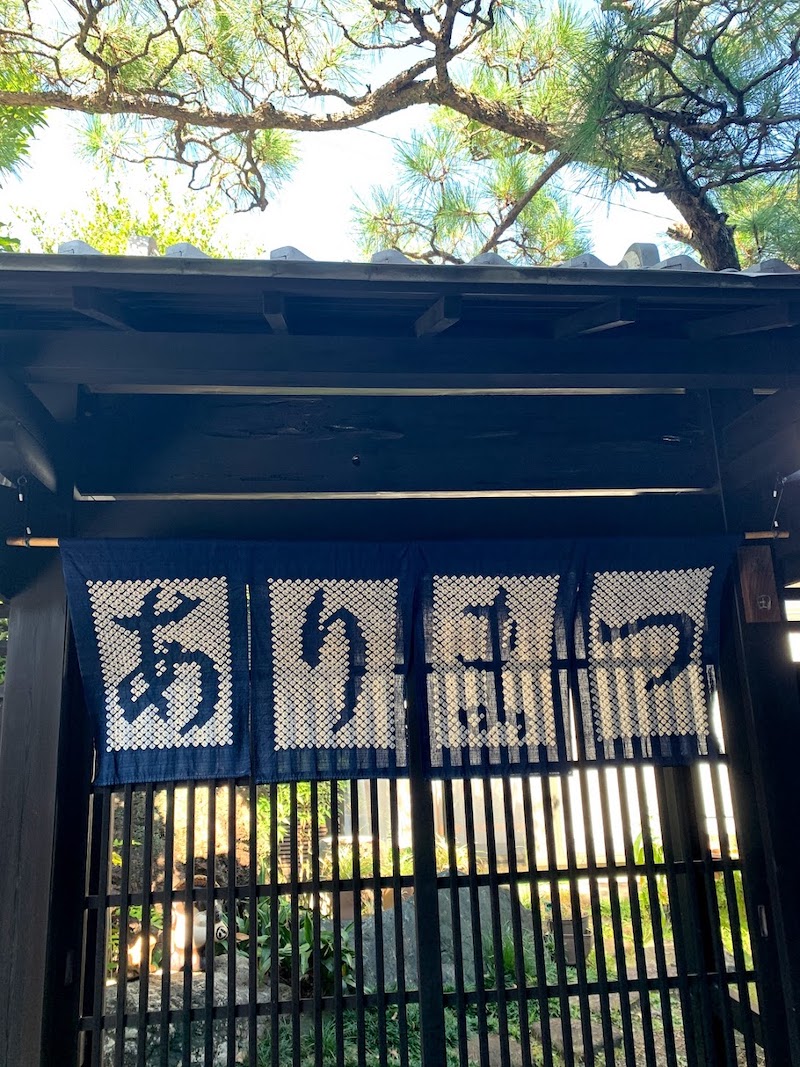
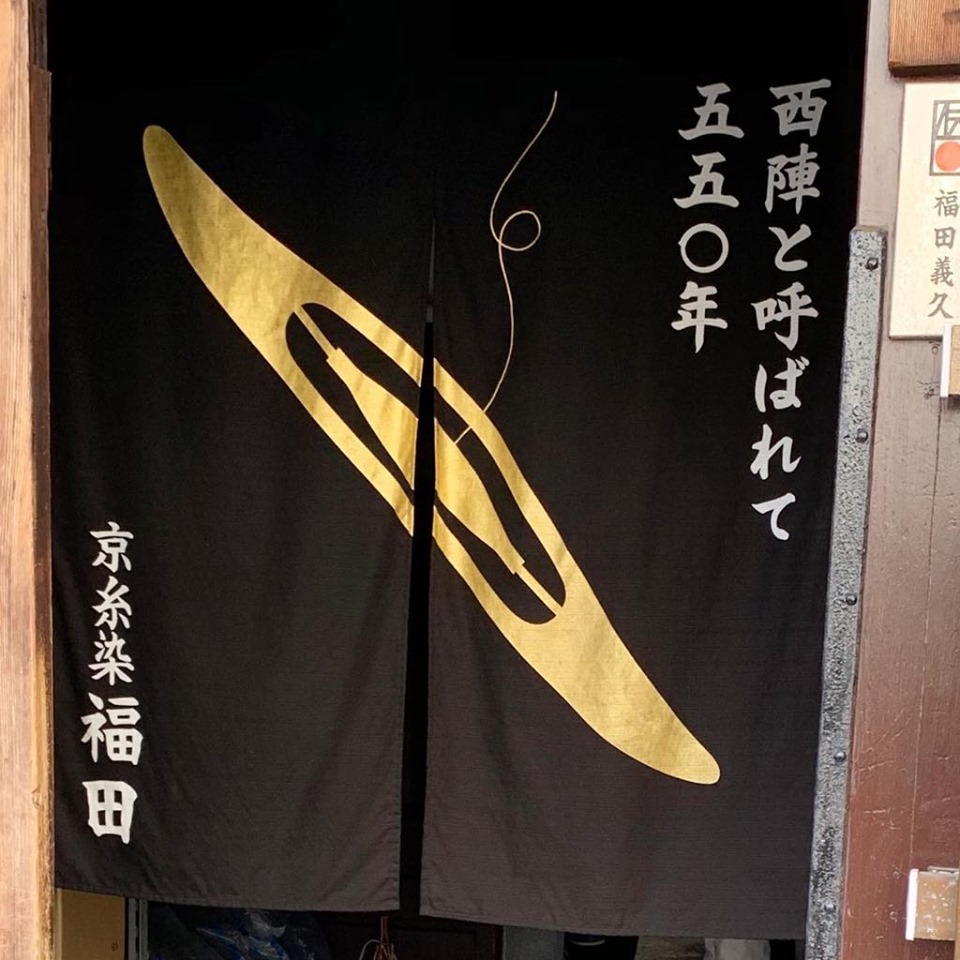
There are no comments